If you’re looking for books about Southeast Asia that go beyond travel guides and dive deep into culture, history, and emotion—start by exploring fiction. I’m a big reader, and one of the most powerful ways I’ve found to connect with a destination is through novels set there. Before I left for my travels, I made it a mission to seek out compelling fiction set in Southeast Asia, and I’ve continued collecting and reading them along the way. As a history graduate, I’ve focused on high-quality historical fiction to help me understand the complex forces that have shaped the countries I’m visiting. If you’re someone who learns through storytelling and wants to truly understand the region, the books below are a gerat starting point.
Just so you know, this post contains affiliate links. If you book a tour, hotel, or buy something through one of these links, I may earn a small commission—at no extra cost to you. It helps me keep this blog running and full of travel tips. Thanks for the support!
All the photos in this article were taken by in Da Nang’s beautiful cafes and coworking spaces, Da Nang’s lovely vegan restaurants, or on Da Nang’s gorgeous beach. If there’s no picture, the book came from the library – support your local library!
Trigger warnings
Many of these books about Southeast Asia cover incredibly difficult subject matter, including the experience of racism, violence, rape and torture. As it’s been a while since I read some of these books, I don’t want to list out trigger warnings for each book in case I’ve unintentionally omitted something important.
So if you struggle to read books about certain subjects, please take care when choosing books from this list, and do additional research in advance if necessary.
| Country | Book | Best For |
|---|---|---|
| Cambodia | The King’s Last Song | Understanding modern and ancient Cambodian history |
| China (Laos, Thailand, Vietnam, Myanmar) | The Tea Girl of Hummingbird Lane | Understanding the Akha culture that is present across Laos, Vietnam, Thailand and Myanmar |
| Malaysia | The Gift of Rain | Learning about George Town, Penang, and the Malaysian experience of World War II |
| Malaysia | The Ghost Bride | Understanding Chinese culture in Malaysia; magical realism |
| Malaysia | The Garden of Evening Mists | Falling in love with the Cameron Highlands |
| Malaysia | The Storm We Made | Understanding the impact of colonialism before the Second World War |
| Malaysia | The Separation | For readers who enjoy romance novels |
| Singapore | A Different Sky | Understanding Singapore’s diverse culture and 20th-century history |
| Singapore | How We Disappeared | Understanding the impact of wartime sexual violence on women |
| Vietnam | Dust Child | Understanding the experience of being mixed-race in Vietnam and the ongoing impact of the Vietnam War |
| Vietnam and UK | Wandering Souls | Understanding the experience of the Vietnamese diaspora |
| Vietnam | The Mountains Sing | Understanding the history of North Vietnam during the 20th century |
| Vietnam and USA | The Sympathizer | A darker spy/thriller novel with significant historical and literary depth |
Books about Southeast Asia written by locals or diaspora members
The Gift of Rain, Tan Twan Eng
Country: Malaysia
Published: 2007
Best for: learning about George Town, Penang, and the Malaysian experience of World War II
Any Tan Twan Eng book is the perfect place to start if you are heading to Malaysia, but the Gift of Rain is particularly apt if you are heading to George Town, Penang. And on top of that, this book made me cry in public. If you’re into book awards, it was also longlisted for the Booker Prize.

Philip Hutton, a British-Chinese teenager living in Penang in the 1930s, develops a relationship with a Japanese diplomat Hayato Endo, based around the Japanese martial art aikido. The book follows this relationship and the impact it has on Philip through the terrible years of Japanese occupation, as well as its lasting influence on him.
This book often feels like a guide to Penang, and I spent much of my time there spotting sights that had an influence on Philip’s life. It gives enormous insight into the impact of the Japanese invasion (and British abandonment) of Penang. Philip is also loosely based on the man who restored the famous and fabulously beautiful Blue Mansion in Penang, giving a great understanding of the enormous amount of work this would have taken.
A Different Sky, Meira Chand
Country: Singapore
Published: 2010
Best for: understanding Singapore’s diverse culture and 20th-century history
Set in Singapore and spanning the middle of the 20th century, A Different Sky is an epic read to help you understand Singapore.
It follows three different characters, who represent the groups who make up Singapore’s diverse population. Howard is a Eurasian, whose mother is struggling to make ends meet. Mei Lan is from a family of Chinese immigrants who became rich, and Raj journeyed to Singapore from India as a boy before starting his own successful business.
The lives of these three characters interact over the years from the 1920s to the 1950s, covering the end of the ‘golden age’ of British Colonialism, the Second World War and the fight for independence in the 1950s.
This isn’t a short book, coming in at over 500 pages, but it’s one with enormous depth, which is well researched and immersive. If you want to gain a deeper understanding of Singapore, it’s a good place to start.
The Ghost Bride, Yangsze Choo
Country: Malaysia
Published: 2013
Best for: understanding Chinese culture in Malaysia; magical realism
Set in Malacca, The Ghost Bride takes you back to the 1890s, to a time long before the struggles of the 20th century were even on the horizon.
The main character is Li Lan, a young Chinese woman from a family with rapidly fading wealth. Her parents are keen for her to make a good marriage, but the best option that presents itself is definitely not to Li Lan’s taste: to become a ghost bride.
The book delves into the tradition of ghost brides, where young women were married to deceased men, to ensure these men had a peaceful and fulfilled afterlife. For Li Lan, this means marrying into an extremely wealthy family. But Li Lan soon realises that her potential deceased groom is visiting her.
The book takes you on a fantastical journey into the afterlife, as Li Lan attempts to avoid her fate by navigating the world of the dead. It’s a brilliant look at the lives of the Chinese community in Malaysia during this epoch, including their detailed beliefs about the afterlife.
Dust Child, Nguyen Phan Que Mai
Country: Vietnam
Published: 2023
Best for: Understanding the experience of being mixed-race in Vietnam and the ongoing impact of the Vietnam War
Set in Vietnam, this book covers two time periods: the end of the 1960s and early 1970s in American-occupied Saigon (now Ho Chi Minh City), and present day Vietnam.
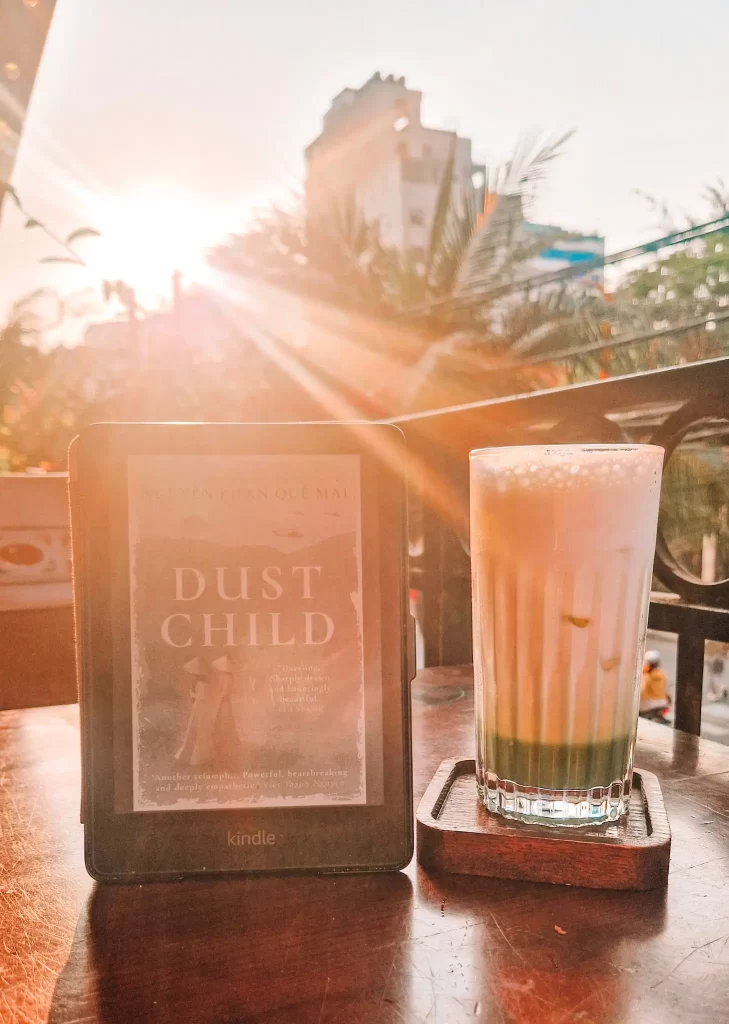
It follows sisters Trang and Quỳnh, who move to Saigon to help their parents pay off their debts. They are soon absorbed into the lives of the women who flirt (and more) with American GIs in bars. It’s here that their lives interact with Dan, who starts a relationship with Trang.
Dan returns to Vietnam in the present, experiencing PTSD and guilt over his past actions. He links up with Phong, the titular ‘dust child’, a derogatory name for the child of a Black American GI and Vietnamese woman. Phong has never known his parents, and the book follows both Dan and Phong as their stories interconnect.
This book offers enormous insight into the ongoing impact of the Vietnam war, particularly on the Vietnamese people caught up in it. However, I also found the exploration of Dan’s backstory and PTSD interesting. A great book if you want to understand Vietnam’s past in the late 20th century.
Check out my guides to the best day trips from Hoi An and Da Nang to see how the war impacted the beautiful My Son archeological site or take an Easyrider motorbike tour in Hanoi to see the results of the famous Christmas bombing campaign of 1972.
Wandering Souls, Cecile Pin
Country: Vietnam and UK
Published: 2023
Best for: understanding the experience of the Vietnamese diaspora
Slightly different to the books above, this novel deals with three Vietnamese siblings who arrive in the UK as refugees. The novel was longlisted for the Women’s Prize for Fiction in the UK, and shortlisted for the Waterstones Debut Fiction Prize, showing its quality.
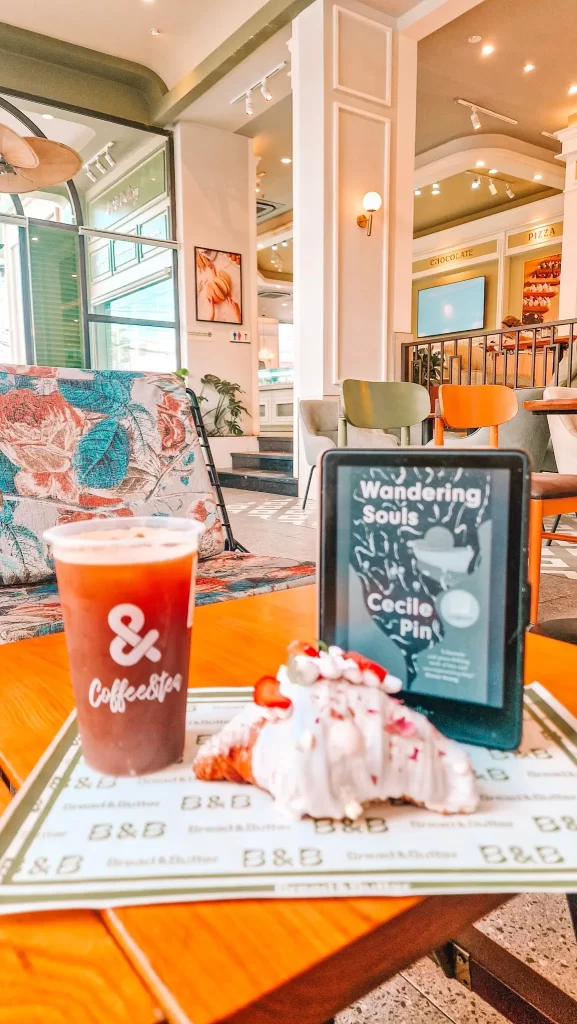
Siblings Anh, Minh and Thanh leave Vietnam ahead of their parents in 1978, hopefully going to a new life in the USA. However, the journey doesn’t go as planned and they end up in a refugee camp in Hong Kong, before being eventually resettled as refugees in the UK.
The book is an excellent look at the struggles faced by refugees in 1980s UK and well worth reading to understand the different ways the siblings cope with their experiences.
The Garden of Evening Mists, Tan Twan Eng
Country: Malaysia
Published: 2011
Best for: falling in love with the Cameron Highlands
This was my first Tan Twan Eng novel, and it made me fall in love with his writing – and was one of the reasons I set off on this Southeast Asia adventure!
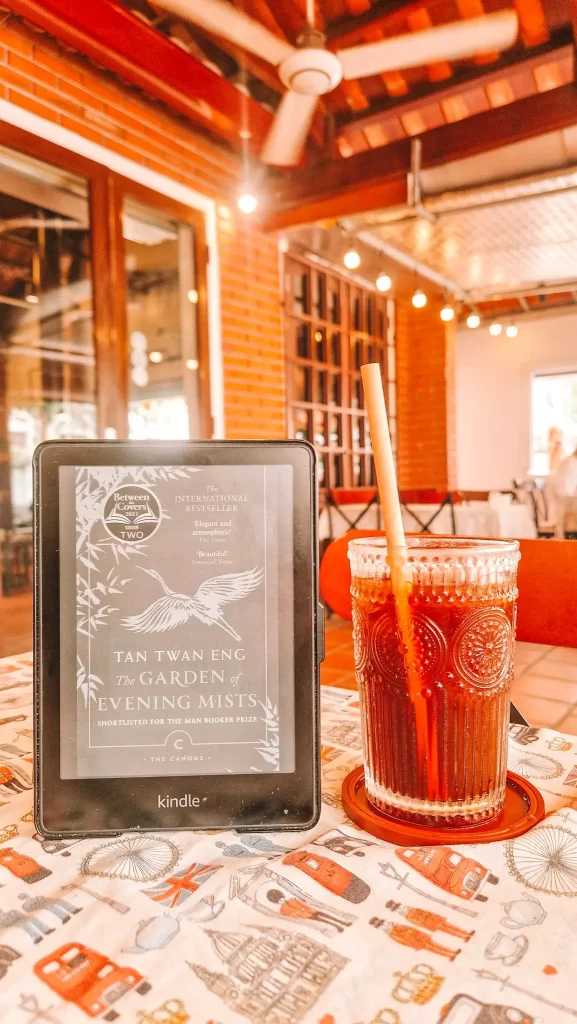
It’s set primarily in the Cameron Highlands, near Ipoh in Malaysia, across three time periods. In the 1980s, Teoh Yun Ling is a retired Supreme Court Judge who has spent much of her working life pursuing war criminals. However, illness is forcing her to reckon with her past, both as a ‘comfort woman’ during World War II, and during the 1950s. The majority of the book focuses on this period, where she apprenticed to a famed Japanese gardener in the Cameron Highlands.
While it’s been a long time since I read this book, it left me with an enduring sense of the peace and beauty of the gardens created throughout the novel, as well as a much deeper understanding of the complex political situation Malaysia faced after World War II. It was shortlisted for the Booker Prize, awarded the Man Asian Literary Prize and the Walter Scott Prize for Historical Fiction
The Mountains Sing, Nguyễn Phan Quế Mai
Country: Vietnam
Published: 2020
Best for: understanding the history of North Vietnam during the 20th century
This multi-generation story, set in the north of Vietnam, deals with both the 1970s Vietnam War and the Great Hunger period of the 1940s from the point of view of a grandmother and granddaughter.
This book is an excellent look into a period of Vietnamese history that is not widely understood by Western audiences, as a middle-class grandmother loses her family land as part of Land Reform. The story follows both characters as they try to survive in Hanoi during the American attacks, and then over the next few years as family members start to return from the war.
Again, this is a beautiful novel and a great one to read if you want to understand Vietnamese history in the 20th century from a Vietnamese point of view, rather than the more pervasive Western narratives.
The Sympathizer, Viet Thanh Nguyen
Country: Vietnam and USA
Published: 2015
Best for: A darker spy/thriller novel with significant historical and literary depth
This debut novel by Vietnamese-American writer Viet Thanh Nguyen won the 2016 Pulitzer Prize, and it shows.
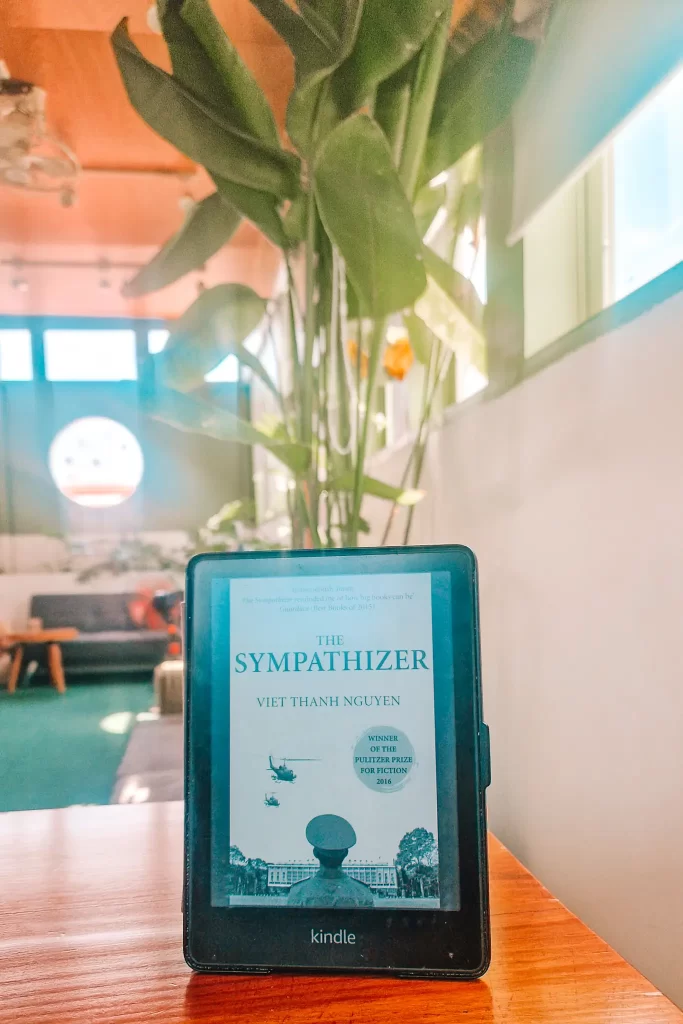
It’s a very different novel from the others on the list, focusing on the experiences of a North Vietnamese spy who joins first the South Vietnamese army, and then moves into exile in America. It looks at the experiences of Vietnamese immigrants in America – particularly those who thought of themselves as high status in Vietnam, as well as covering the theme of dual, or multiple, identities, and the way the Vietnam War was presented in the West.
This book can be brutal and unflinching, and represents a multitude of genres, including spy novel and political novel. It’s a great one to read if you want a darker, almost satirical, view of this period.
The Storm We Made, Vanessa Chan
Country: Malaysia
Published: 2024
Best for: Understanding the impact of colonialism before the Second World War
This novel follows Cecily, a Eurasian woman whose husband has reached a plateau in the British administration in Kuala Lumpur in Malaya because he’s not considered fully white. Cecily meets a Japanese General, Fuijwara, who is masquerading as a member of the British colonial administration. He draws her into spying for Japan with the promise of an end to colonialism and an independent Malaysia.

Ten years later, Malaya is under Japanese control. One of Cecily’s children is missing: kidnapped to work on the notorious Burma Railway. Her oldest daugther is trying to hold the family together, while her youngest, at 8, is hiding in the family basement to avoid being captured to become a ‘comfort woman’.
Cecily is forced to deal with the consequences of her actions in the 1930s, which played a pivotal role in enabling the Japenese invasion. This novel explores the complex themes of colonialism, independence and authoritarianism
How We Disappeared, Jing-Jing Lee
Country: Singapore
Published: 2019
Best for: understanding the impact of wartime sexual violence on women
This harrowing novel follows 17-year-old Wang Di as she is captured and forced into sexual slavery as a ‘comfort woman’ during the Japanese invasion of Malaya. Like many of the books about Southeast Asia I’ve read, a parallel timeline follows 12-year-old Kevin in the year 2000, who hears his grandmother’s dying confession that his father was adopted and sets out to find the truth.

This novel was longlisted for the 2020 Women’s Prize for Fiction, and it shows. It’s a devastating read, covering both Wang Di’s experiences, but also the lifelong impact of the chaos of war. This is contrasted beautifully with modern Singapore, giving a valuable insight into how this small city-state changed in the second half of the 20th century.
Books about Southeast Asia Written by Western Writers
As reflected in the longer list above, I gravitate toward books written by authors with personal connections to the cultures they explore. While all literature involves imagination, the publishing world has historically elevated white voices, often at the expense of more authentic, diverse perspectives. It’s important that we actively seek out and support stories by people of colour to help redress that imbalance.
That being said, I’ve included two additional titles below that bring unique value not found in the other books listed. The King’s Last Song was, at the time, the only novel I could find that delves into Cambodia’s modern history (if you know of others, I’d love your suggestions in the comments). The Separation is a compelling pick for those who enjoy romance woven into historical narratives.
The King’s Last Song, Geoff Ryman
Country: Cambodia
Published: 2007
Best for: understanding modern and ancient Cambodian history
This meticulously researched historical novel is set across two time periods: the building of Angkor Wat, and modern day Cambodia.
The modern timeline follows an ex-Khmer Rouge solidier and a young man as they attempt to find a newly-discovered but stolen memoir of the Khmer Kingdom’s most famous King, Jayavarman VII, the builder of Angkor Wat. The 12th century timeline follows Jayavarman as he starts this incredible building project.
The book gives a good insight into the devastating impact of the Khmer Rouge – not least that only five people were convicted of war crimes and the majority of soldiers and prison guards still live in Cambodian society today. This contrasts with the incredibly immersive opulence of the 12th century sections, helping readers to understand the civilisation that built one of the world’s greatest monuments.
I highly recommend this book for anyone going to Cambodia, as it will bring to life not just the beauty of Angkor Wat, but the horrific museums on the Khmer Rouge in Phnom Penh and the museums on landmines in Siem Reap. You also have the chance to learn about the impact of the Khmer Rouge while visiting the Bat Caves in Battambang, but if you’re looking for a Cambodian destination that is pure relaxation, consider Kampot in the south.
The Separation, Dinah Jeffries
Country: Malaysia and UK
Published: 2013
Best for: For readers who enjoy romance novels
Set in post-war Malaysia and Britain, this novel follows 11 year old Emma, who is taken to England by her father without her mother’s knowledge, and her mother Lydia, who searches for her across Malaysia. Lydia makes a dangerous journey through Malaysia during Malayan Emergency, a period of intense unrest after the foundation of the Malaysian state. While this isn’t strictly a romance novel, it is much more in that space than anything else on this list.
It strongly evokes 1950s Malaysia, particularly through Emma’s sense of loss as she arrives in grey, wartorn England. While this is a less literary novel than the others I’ve read, it still gives a strong insight into a turbulent time in Malaysia’s history.
Honourable mentions: Not quite about South East Asia, but valuable
The Tea Girl of Hummingbird Lane, Lisa See
Country: China
Published: 2017
Best for: understanding the Akha culture that is present across Laos, Vietnam, Thailand and Myanmar
While this incredible novel is set in China, I’ve included it here because it concentrates on Li-yan, a young girl from the Akha People. While this ethnic group is primarily found in the Yunnan area of China, there are Akha groups across Southeast Asia including in Laos, Vietnam, near Chiang Mai and Chiang Rai in Thailand, and in Myanmar.

The book follows Li-yan as she grows up and pursues an education, becoming one of the first businesswomen in her family and community. When she becomes pregnant outside of marriage, she rejects the Akha tradition of giving the baby over to be killed, instead leaving her child outside an orphanage in a nearby city. The other half of the narrative follows her daughter, Haley, who is adopted by Americans.
This book is so well researched and gives enormous insight into the traditions of the Akha people, and how these are evolving in the modern world. As a British person, I also loved the focus on tea and learned so much about how this delicious drink is viewed in China.
Reading books about Southeast Asia isn’t just about enhancing your travel experience—it’s about honouring the voices and stories that shape these countries beyond the headlines and stereotypes. Fiction gives us an insight into the lived realities of war, colonialism, migration, resilience, and joy. As a solo traveller, these stories have made my journey more meaningful, grounding my explorations in a deeper understanding of the people and histories behind the landmarks. Whether you prefer sweeping historical epics, magical realism, or intimate family dramas, I hope this list inspires you to pick up a few of these titles before your next trip – or if you’re like me, to load up your Kindle! And if you’ve read others that belong on this list, I’d love to hear your recommendations in the comments below!
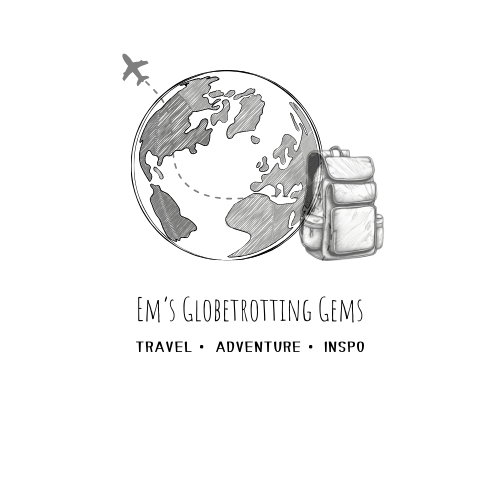
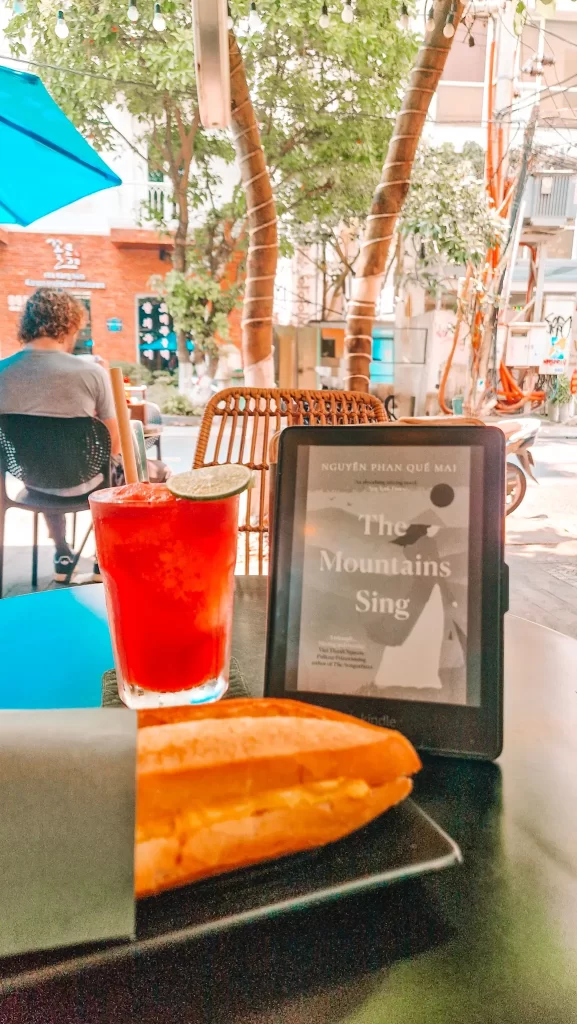
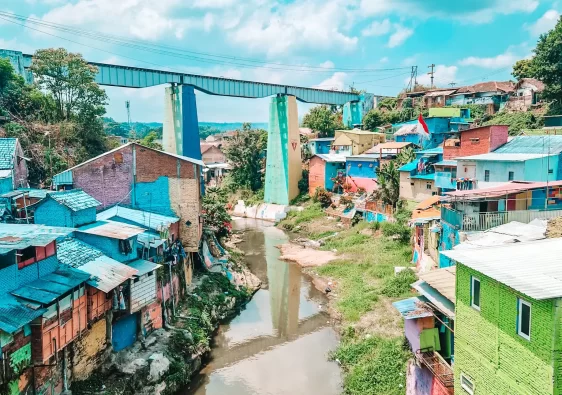

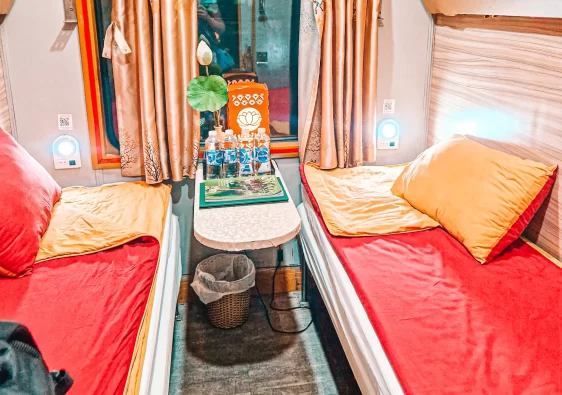
Oh what a great list, thank you! I see books about the region but I never know which would actually be good to read. Love that you were reading all of these as you travelled through the region too. Must’ve added so much to your experience.
I’ve kept trying to find new ones as I got – I actuall managed to pick up a newer book by the author of The Sympathizer in a thrift store here in Vietnam. It has definitely added a lot to the way I understand the cultures I’m visitng 🙂
Fantastic list. Read only a few like the Sympathizer and the Dust Child. But I think reading books (even fictional ones) with in-depth research and setting into another country / culture is a great way of knowing more about it.
I completely agree. I try to find books written by people from that culture too – no amount of research beats lived experience of a culture. Dust Child was definitely one of my favourites, I think about it at lot at the moment while I’m living in Vietnam.
What an inspiring list with so many books I’ve never heard of! I think I’ll start with The Garden of Evening Mists by Tan Twan Eng – it seems like I might really love his writing too.
I definitely recommend The Garden of Evening Mists, it was such a lovely book. All his books are amazing though.